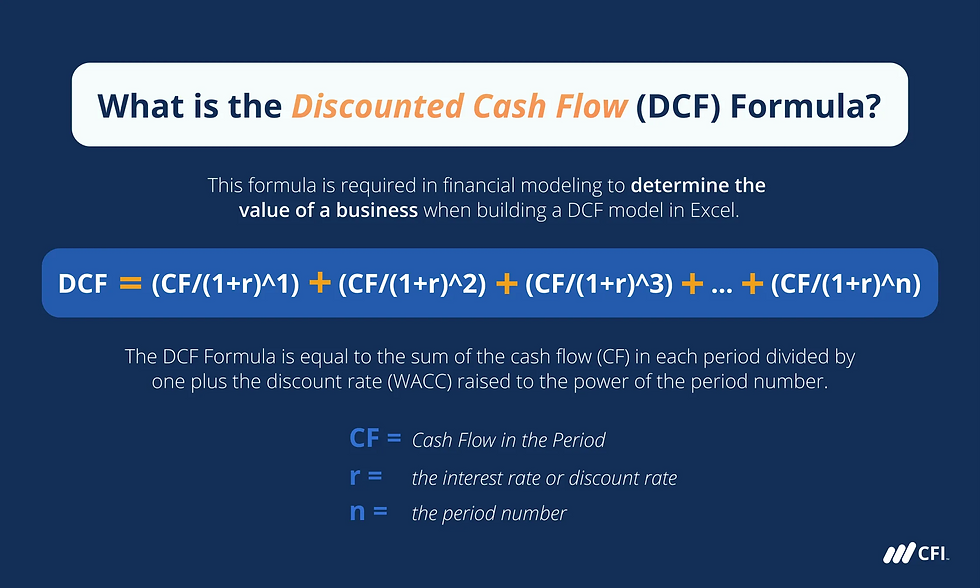Statement of Profit or Loss and Its Amendments (33.1)
- Thiago Casarin Lucenti
- Oct 30
- 3 min read
It is important for businesses to keep financial (accounting) records. It helps answers some basic questions about the business operations:
Did the business make a profit/loss?
- It's a measure of performance and an important information for governments, shareholders, managers...
How much do we owe our suppliers?
- If not paid on time suppliers may decline serving the business;
How much are owed by customers?
- Carefully tracking trade receivables to avoid cash-flow problems;
Can we repay bank loans?
- Or else raising finance will be difficult;
Have our expenses (including salaries) been paid?
- Company vs. workers relations;
Are we able to pay dividends?
- Shareholders may reconsider their investments.
Keeping financial records does not need to be difficult - specially since there are many financial statements to help businesses doing so - we will focus on two:

Starting from the Statement of Profit or Loss (former Income Statement) also referred as the Profit or Loss Account:
It records revenues, costs, profits, and losses over time. The Income Statement is made out of three main sections:

Let's discuss each section individually:
Trading Account: records revenues and cost of sales equaling gross profits:

- Revenue = Price * Quantity Sold
- Revenue # Profit
- COS = (Opening Inventories + Purchased or Manufactured Goods) - Closing Inventories
Opening Inventories (start of the year) = $500
Purchases or Manufactured (during the year) = $2500
Total Inventories available (for sale) = $3000
Closing Inventories (end of the year) = $750
- COS = (500 + 2500) - 750
- COS = $2250
- Gross Profit = Revenue - COS
Real Example:
Imagine you run a bookstore:
You start January with 100 books (Opening Inventory).
You buy 200 more books during January.
At the end of January, you still have 80 books left (Closing Inventory).
So, the books sold (COS) = 100 + 200 - 80 = 220 books.
This formula ensures that only the cost of goods that were actually sold is counted as an expense in the income statement. Anything still in inventory is an asset (where should it g, then?) and not yet an expense.
Activity 33.1 (Q1)
Profit & Loss: calculation of the operating profits before taxes as well as the profit for the year, which then includes taxes:

- Overhead expenses are those not directly related to the number of items made/sold (e.g. rent, management salaries, marketing promotion, depreciation).
Appropriation Account: shows the split of the profit of the year between dividends and retained profits:

Having a positive Profit of the Year (after taxes) is not always a sign of a healthy business. Any guesses on why?
Beware of Low-Quality Profits:
Profit that comes from the production and commercialization of products/services is considered to be a high-quality profit as it is sustainable over time.
On the other hand, non-operating revenues and profits which can happen from activities such as the sale of non-current assets is considered to be low-quality profit as it's not sustainable over time.
Income Statement Uses:

- Measure and compare performance overtime (year-on-year);
- Compare performance with other businesses in the industry;
- Actual vs. Expected profits can be compared;
- Investors use the income statement for aiding their decision-making;
- A look over revenues vs. cost of sales.
Businesses produce a more detailed version of the income statement with a breakdown of revenues and costs for internal use on a monthly basis;
A more generic version is produced yearly for external stakeholders' purposes.
Activity 33.2 (Q1)
Managers preparing such financial statements will oftentimes find the need for doing amendments: revisions / changes as new information becomes available. When performing amendments, keep in mind the following:
The same format of the statement should be kept;
Changes in number of units sold/produced will likely change revenue and COS values;
Some overhead expenses (e.g. transportation, promotion) might also change with variation in sales units.
Activity 33.3 (Q1 and Q2)
Q3 Discussion:
Here are some automatic impacts that will the Statement of Profit or Loss will suffer from changes:

Chapter 33 - Financial Statements



Comments